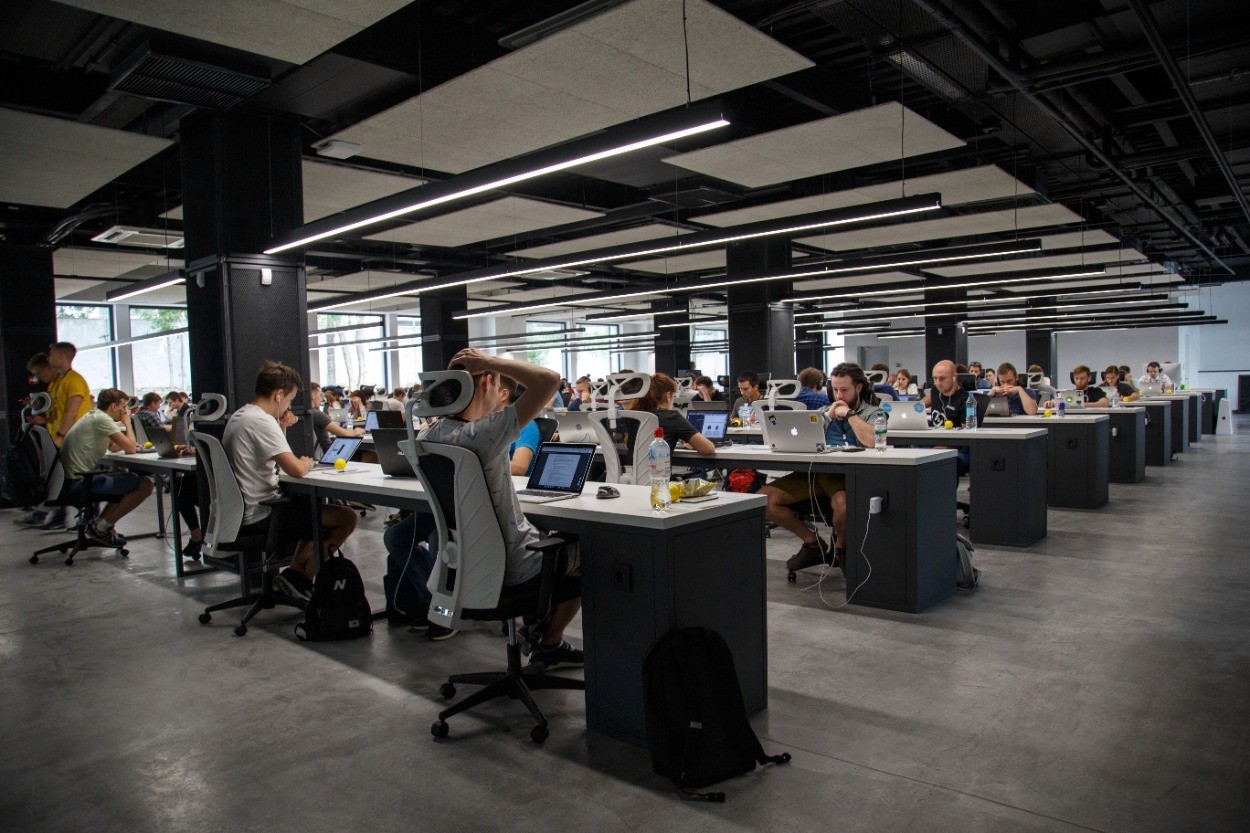Development
Collective Intelligence Swarms
Why Collective Intelligence Swarms Are Revolutionary
Decentralized Problem Solving
Collective intelligence swarms mimic the behavior of biological systems like ant colonies, bird flocks, or fish schools. These robotic swarms operate without a central leader, relying on distributed communication and coordination to achieve complex tasks efficiently.
Scalability and Redundancy
Swarms are highly scalable—more units can be added without major system redesign—and fault-tolerant. If one or more robots fail, the group can adapt and continue functioning. This resilience makes swarms ideal for unpredictable or hazardous environments.
Key Strategies for Deploying Collective Intelligence Swarms
1. Develop Swarm Communication Protocols
Equip robots with simple rules and local communication abilities (e.g., radio signals, vision, infrared). These decentralized protocols allow the swarm to coordinate actions like mapping, formation flying, or target tracking without a central controller.
2. Use Behavioral Algorithms Inspired by Nature
Program robots to follow swarm behaviors like flocking, foraging, or flock dispersion. Algorithms such as Boids, Particle Swarm Optimization (PSO), and ant colony optimization (ACO) can be tailored for real-world tasks.
3. Optimize for Redundancy and Adaptability
Design swarms where every unit is capable of basic functions. This ensures that if some units fail, the swarm as a whole continues its mission. Use adaptive algorithms that let the swarm reconfigure itself based on real-time feedback.
4. Enable Environmental Awareness
Integrate sensors that allow swarm robots to respond to changes in their environment, such as obstacle avoidance, object tracking, or terrain mapping, without external direction.
Applications of Collective Intelligence Swarms
Search and Rescue
Swarms can cover vast, unstable, or dangerous areas during disasters. They communicate findings in real time, locate survivors, and map damage without risking human lives.
Agriculture
Swarm robots can monitor crop health, plant seeds, and detect pests collaboratively. Their distributed nature allows them to work across large fields efficiently with minimal infrastructure.
Military and Surveillance
Swarm drones can be deployed for reconnaissance, area patrol, or threat detection. Their unpredictable, decentralized behavior makes them harder to intercept or disable.
Environmental Monitoring
Swarm bots can monitor pollution levels, map coral reefs, or track animal migrations in a coordinated, non-invasive manner, covering wide areas quickly and continuously.
Best Practices for Effective Swarm Deployment
1. Start with Simulations
Before physical deployment, test swarm algorithms in virtual environments to refine behaviors, validate coordination logic, and minimize collision risks.
2. Focus on Minimalism
Each unit in the swarm should be lightweight, inexpensive, and simple. Swarm strength comes from numbers and interaction, not individual complexity.
3. Design for Fail-Safe Behavior
Ensure that in the event of communication failure or damage, robots return to a home location or enter a safe standby mode. This prevents harm and conserves energy.
Preparing for the Future
1. Advance Inter-Swarm Learning
Future swarms will not only communicate but learn collectively—adapting strategies in real time and sharing insights across the network, making the group smarter with every mission.
2. Create Unified Swarm Platforms
Work toward universal protocols that allow different swarm systems—land, air, or underwater—to operate together on coordinated missions.
3. Address Ethical and Security Concerns
Establish clear frameworks for privacy, surveillance, autonomous decision-making, and the use of swarms in civilian vs. military contexts.
Conclusion
Collective intelligence swarms represent a paradigm shift in robotics—where many simple agents work together to perform tasks no single robot could do alone. From search-and-rescue missions to environmental monitoring and agriculture, their decentralized nature, adaptability, and resilience offer unprecedented flexibility and efficiency. By embracing swarm intelligence today, we unlock the potential of collaborative, self-organizing systems that could power the next generation of autonomous solutions.
Trusted by the Web Community
See what we written lately
Request an invite
Get a front row seat to the newest in identity and access.
Looking for Figma Version?





















